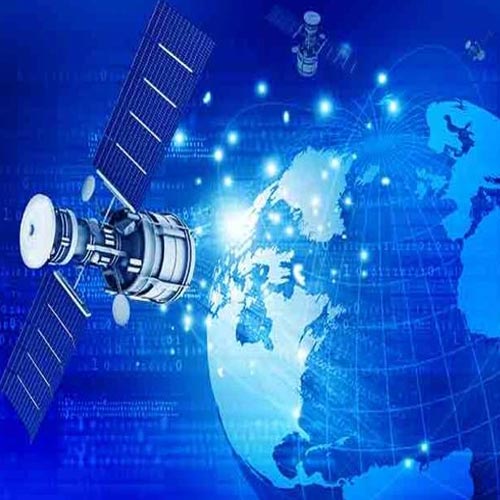
Tech billionaire Elon Musk’s company SpaceX has launched Starlink satellite broadband service in war-hit Ukraine. The latest development highlights the significance and future potential of low earth orbit satellites (LEOs) across key applications, says GlobalData, a leading data and analytics company.
Reportedly, Starlink terminals receive Internet from SpaceX’s 2,000 satellites to allow users to get online even if their service has been disconnected.
GlobalData’s FutureTech Series report, ‘Internet from Sky: Can LEO Satellites Transform the Future of Connectivity?’, reveals that the growing deployment of a large group of LEOs, often dubbed LEO mega constellations, could herald the next era of connectivity with their potential to address the gaps in internet adoption and infrastructure access in remote areas that are not served by terrestrial and traditional satellite networks.
Kiran Raj, Principal Disruptive Tech Analyst at GlobalData, comments: “An unprecedented level of VC funding is flowing into the space economy. LEOs’ low latency compared to geostationary orbit (GEO) and middle earth orbit (MEO) satellites can play a crucial role in applications that require real time data access such as voice over internet protocol (VoIP), surveillance and imaging, telemedicine, and remote-controlled machines.”
Although no new major commercialization initiatives have been observed in the short-term, LEOs are touted to play a key role in connecting millions of IoT-backed devices and sensors, managing the boom in Internet users, and minimizing the digital divide to strengthen community resilience.
Raj adds: “LEOs can backup telcos to optimize their existing backhaul network for the transmission of large volumes of different types of data in compliance with 4G and 5G. In this regard, both terrestrial and LEO- based backhaul connectivity can be selected to manage the traffic demand.
“LEO backhaul can also provide additional backup during massive events such as concerts and sports. During emergency response situations, LEOs service providers can launch satellite broadband services in victimized areas to offer continuous connectivity.”
At present, LEO projects such as Amazon’s Kuiper, SpaceX’s Starlink and OneWeb are aiming to bridge the digital divide and offer Internet services with low latency and high-speed broadband connectivity to remote and unserved communities globally.
Raj concludes: “Coupled with machine learning, edge computing, and artificial intelligence, LEOs can promote enterprise digital transformation. With greater adoption of remote work models, LEOs will become critical to offering lightning speed broadband services, tracking of assets, securitizing data, and strengthening the network infrastructure of organizations. With the advantage of near-earth location and lower orbital periods, LEOs can strengthen community and business resilience, and unlock new possibilities for latency-critical applications.”
See What’s Next in Tech With the Fast Forward Newsletter
Tweets From @varindiamag
Nothing to see here - yet
When they Tweet, their Tweets will show up here.





























